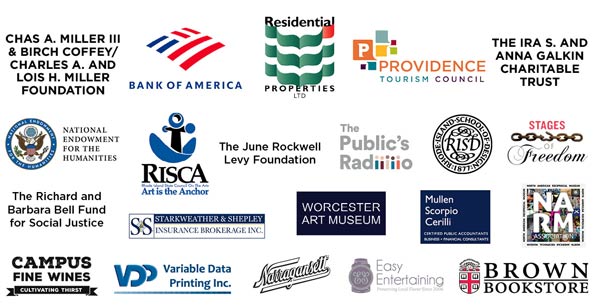The Monster’s Bones
With a wide-ranging cast of robber barons, eugenicists, and opportunistic cowboys, New York Times bestselling author David K. Randall reveals how a monster of a bygone era ignited a new understanding of our planet and our place within it.
In the dust of the Gilded Age Bone Wars, two vastly different men emerge with a mission to fill the empty halls of New York’s struggling American Museum of Natural History: Henry Fairfield Osborn, a privileged socialite whose reputation rests on the museum’s success, and intrepid Kansas-born fossil hunter Barnum Brown.
When Brown unearths the first Tyrannosaurus rex fossils in the Montana wilderness, forever changing the world of paleontology, Osborn sees a path to save his museum from irrelevancy. With four-foot-long jaws capable of crushing the bones of its prey and hips that powered the animal to run at speeds of 25 miles per hour, the T. rex suggests a prehistoric ecosystem more complex than anyone imagined. As the public turns out in droves to cower before this bone-chilling giant of the past and wonder at the mysteries of its disappearance, Brown and Osborn together turn dinosaurs from a biological oddity into a beloved part of culture.
--
David K. Randall is a senior reporter at Reuters and the author of several books. His first, “Dreamland: Adventures in the Strange Science of Sleep,” was a New York Times bestseller, picked for Barnes and Noble’s Discover Great New Writers program, and called one of the best books of the month by Amazon. His second book, “The King and Queen of Malibu: The True Story of the Battle for Paradise,” was a Los Angeles Times bestseller and named one of the best non-fiction books of the year by Amazon. His third book, “Black Death at the Golden Gate: The Race to Save America from the Bubonic Plague,” was an IndieBound bestseller and is the basis for an upcoming documentary on PBS.
He has appeared on MSNBC, Fox, and other national TV broadcasts; written stories for the New York Times on topics ranging from unicycles to military funerals; contributed articles to the Wall Street Journal and the Los Angeles Times among others; and joined as a guest on numerous national and local NPR stations.







